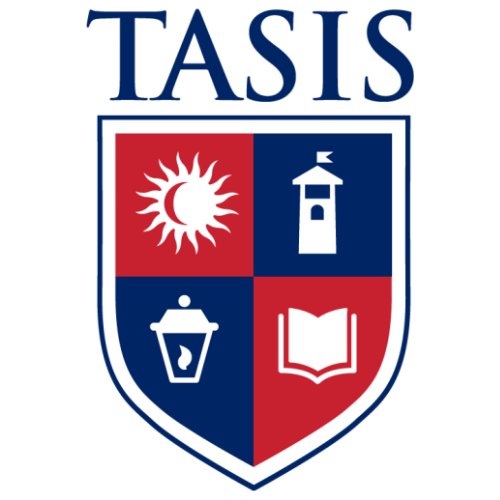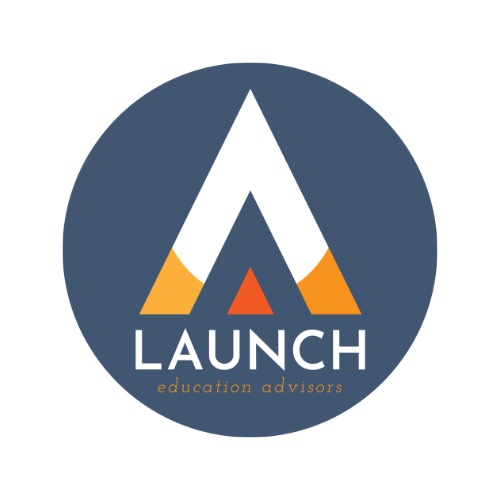by Dana Cognetta Fritchie, AIWC Frankfurt
 In the United States, the promise of an equitable and inclusive public education often goes unrealized for students in underserved populations. Black students experience stark disparities in academic performance and access to resources, including a widening achievement gap in literacy and mathematics (NAEP, 2023) and higher poverty rates (Census, 2020). Students with disabilities also face a substantial achievement gap and systemic barriers to equitable educational outcomes (NCES, The Condition of Education 2023). These gaps and barriers are not just present in America. To address this, in 2015, the UN adopted a series of 17 sustainable development goals (SDGs) to promote peace and prosperity. One of them, SDG 4, aims to ensure that all children have access to a quality education that is inclusive, equitable and promotes lifelong learning.
In the United States, the promise of an equitable and inclusive public education often goes unrealized for students in underserved populations. Black students experience stark disparities in academic performance and access to resources, including a widening achievement gap in literacy and mathematics (NAEP, 2023) and higher poverty rates (Census, 2020). Students with disabilities also face a substantial achievement gap and systemic barriers to equitable educational outcomes (NCES, The Condition of Education 2023). These gaps and barriers are not just present in America. To address this, in 2015, the UN adopted a series of 17 sustainable development goals (SDGs) to promote peace and prosperity. One of them, SDG 4, aims to ensure that all children have access to a quality education that is inclusive, equitable and promotes lifelong learning.
Additionally, in the US, recent debates over curriculum, book bans and discussions on race/gender create additional obstacles for educators. Representation is one of the keys to addressing these issues. When students see educators who reflect their experiences or challenge stereotypes, it fosters inclusivity and helps bridge gaps in education. It empowers those children to be bold and pursue any goal they set. True equity in education begins with representation. Unfortunately, in the hamster wheel that is often our public education system, representation is hard to achieve because of the barriers.
Nevertheless, representation matters profoundly and that is why I’m so proud of Jahkori Dopwell-Hall, one of my former 5th-grade students. Now living in Florida, he teaches at Manatee Elementary, a Title I school. He is part of a growing generation of educators who are showing how seeing someone who shares their racial and cultural background at the front of the classroom can help some students connect more meaningfully with their education. He also challenges traditional gender roles in education. Educators like Jahkori are more than teachers. They are mentors and advocates, and are proving that representation and equal access is essential.
I recently video-chatted with Jahkori about equitable access to education and how his experience in predominantly white schools shaped his path. Through IDEA (Individuals with Disabilities Education Act), a federal law, children with disabilities are guaranteed a free and appropriate public education, with a focus on inclusive and equitable learning for every student. My classroom, an integrated co-teaching 5th grade class with both a special and a general education teacher, was always the most diverse room on our grade. It reflected a broader range of backgrounds than the school’s overall demographics, which leaned heavily white. Jahkori himself received support, with accommodations and modifications, to our curriculum and standardized tests for his congenital glaucoma condition. When I asked Jahkori about his own experience with equal access, he recalled receiving accommodations/modifications that helped him truly learn. Without those services, would his access have been equal? “No,” he said.
There has been recent talk of the disbandment of the Department of Education. If the DOE were disbanded, IDEA would be at risk. Whether its functions were transferred, delegated, repealed or enforced through existing civil rights laws, the likely outcome would be disparities in how it is implemented and reduced protections for students with disabilities.
Jahkori’s own teaching journey began in his childhood basement, tutoring his five younger siblings (also my students!) in a makeshift classroom. These early experiences, both in his basement and at school, shaped his belief in the power of inclusive and equitable education, tailored to individual needs. He recalls his struggle with math, especially in the 4th and 5th grades. But creative teaching methods that tap into other styles of learning, such as using music and art to explain and reinforce concepts, led to a breakthrough for Jahkori (and his teachers!). Feeling as if he could now memorize the tables overnight, he “realized the power of ‘artistic learning,’ a lesson I now use to help my own students.”
Once Jahkori entered his own classroom as an educator, he felt the weight of responsibility, particularly for students at his Title I school. Seeing so few Black male teachers (just 3% at Manatee) and being the only Black art teacher reinforced the critical importance of representation. He strives to be a role model, showing his students possibilities beyond stereotypes and emphasizing their power to forge their own creative careers. Jahkori reports that teaching at a Title I helps him find “great significance in working with students who share my background and need representation from Black educators.” He sees it as a privilege to support these students, addressing their diverse needs, including ELL, ESE, and BIPOC learners. “Diversity among educators is crucial, especially in the field of art, where the demographic landscape has traditionally been dominated by white, female teachers. Throughout my educational journey, I observed that all of my art instructors were predominantly white women. This trend persisted even as I pursued an artistic career at specialized art schools. I remember instances where some of these same teachers encouraged me to become a professional artist rather than follow in their footsteps as an art educator, citing the low pay associated with teaching. However, I found myself questioning why I couldn't be both.” Jahkori said. He tells me that ultimately he realized that he could represent the diversity he lacked during his own artistic journey. As a teaching artist, he could create lesson plans that focused less on the well-known European artists and highlighted multicultural artists from around the globe, providing a richer and more inclusive educational experience for future generations. He's observed that “kids are more engaged and behave better when they’re in an environment with a teacher who truly understands their experiences and the learning challenges they face.” Reflecting on his own past academic struggles, he relates to these students, emphasizing that they often need someone to “sit down with them, highlight the importance of being their best, and serve as a positive role model.” He strives to create a more equitable learning environment for all his students, particularly those who face multiple barriers to their education.
Being a teacher always has been, and always will be, all-consuming. But teaching in America in today’s climate, as Jahkori is finding out, is … tricky. Navigating the charged national conversation around education while providing an inclusive classroom requires a delicate balance. “I prioritize multicultural representation in my classroom,” Jahkori explained. Even in the face of book bans, he provides access to diverse materials, including a dedicated Black history library, affirming for his students that ”their skin is excellence.” Jahkori told me that a book we read in my class as part of our literacy/social studies curriculum is no longer available in his school’s library. The banned book? Through My Eyes by Ruby Bridges.
He strives for equitable access to opportunities, simplifying lessons for struggling students and openly discussing the complexities of race and barriers to education, reminding them of the need to push themselves. He also takes time to understand his students’' individual lives, recalling a 4th grader struggling with reading due to missed early education. By fostering a supportive environment, he encourages students to respect and assist each other, addressing those individual challenges.
Looking ahead, Jahkori hopes for a future where diverse, equitable, and inclusive classrooms are the norm, and where educators reflect the backgrounds of their students. ”I aim to continue being a form of representation that promotes equity and inclusivity for all students,” he shared. He envisions himself as a role model, inspiring his students to become the educators of tomorrow, carrying forward a legacy of positive influence and creating similar opportunities for future generations. I asked him if he feels that the recent rumblings surrounding cuts to the Department of Education and changes to curriculums will impede his own goals. “No.”
The future of education depends on creating inclusive and equitable classrooms where every student feels seen, heard, and empowered. We all have a responsibility to support organizations and policies that champion representation in education and work toward a more just and equitable system for all.
Image: Canva


